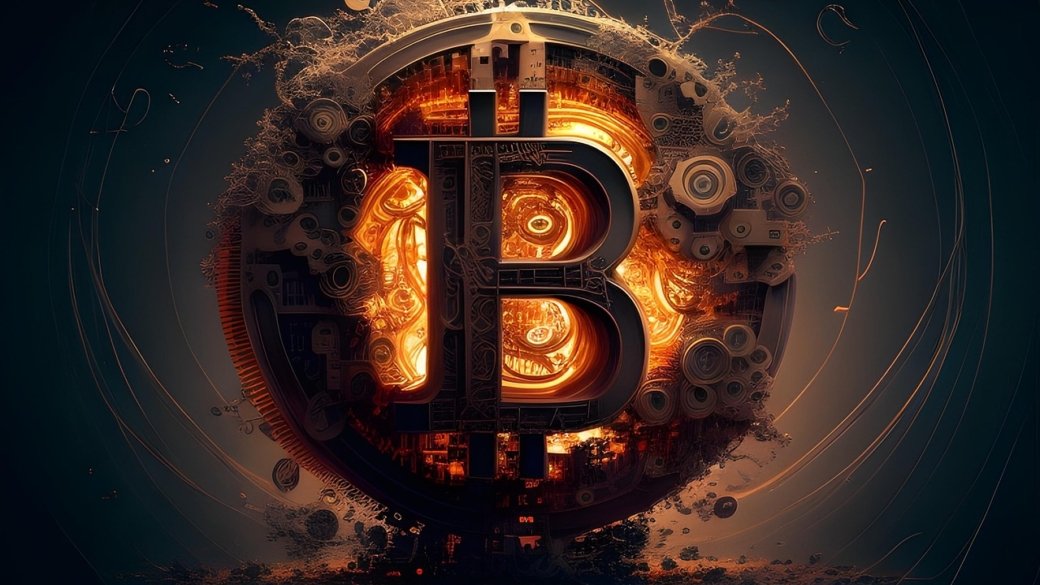Blocks, nodes, hashes, and cryptographic keys are the components of blockchain that provide a strong foundation for the technology. Blockchain is also known as a ledger, where recorded transactions cannot be altered, deleted, or destroyed. This is why blockchain is also known as Distributed Ledger Technology (DLT). Here’s a brief explanation of how blockchain works.
When a transaction occurs, it is recorded in a block, which is then propagated peer-to-peer across the global network. The block is linked to the previous and subsequent blocks using the results across all computer nodes. The transaction is then verified through a mining process using a predetermined consensus mechanism. Once the transaction is declared valid, it is stored in a block, which is then added to the blockchain.
To simplify, imagine someone transferring 100 Bitcoin. The transaction will then be verified by miners and recorded in a block that is propagated across the entire computer network. A subsequent transfer of 30 Bitcoin will go through the same process, except that the previous transaction will also be recorded, resulting in 100 Bitcoin and 30 Bitcoin.
Transactions recorded on a blockchain network are difficult to change or manipulate because they are copied across all network nodes. Making changes requires the approval of a majority of nodes (a 51% attack), making it nearly impossible because it must be executed simultaneously. Furthermore, this process is highly complex and expensive. Therefore, each transaction on the blockchain has a unique hash code, which enhances the security and integrity of the blockchain system.

